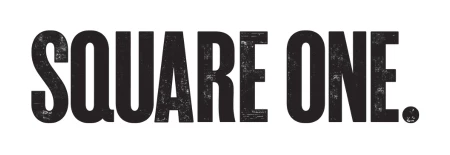Partner Article
Trade marks: Protecting your brand
Consumer brand loyalty is a highly sought after prize in a commercial climate of rapidly developing technology, where no product is new for long. The diminishing differences between products in terms of quality and ingenuity mean that creating an iconic brand, and more importantly establishing brand loyalty amongst consumers, is more important to manufacturers now than ever before.
The existence of brand loyalty, however, presupposes the existence of a trade mark to which such a loyalty can attach.
The words “trade mark” and “brand” are often used interchangeably; both refer to signs, symbols, slogans and designs etc. used by businesses to differentiate their goods from those of others. The important difference, however, is that a registered trade mark is the method by which a business is able to protect its brand from unauthorised use by others.
Trade mark creation, registration and management is therefore crucial to any business seeking to obtain and maintain brand loyalty. The iconic Apple logo, Cadbury’s use of a particular colour purple (Pantone 2685C), the shape of a Coca Cola bottle, or the McDonalds famous ‘M’ logo are but a few examples of famous iconic trade marks which have undoubtedly obtained loyalty from consumers, thereby boosting commercial success.
Once a trade mark is registered, the holder has a statutory right to the exclusive use of that mark in connection with the goods or services for which it is registered, and also a right to sue for damages in the event that a third party uses the mark without the trade mark holder’s permission.
If you are the holder of a registered trade mark, it is of course possible for you to permit a third party to use your mark and this is done by way of a licensing agreement.
Written by Grant Esterhuizen at Lester Aldridge LLP
This was posted in Bdaily's Members' News section by Lester Aldridge LLP .
Enjoy the read? Get Bdaily delivered.
Sign up to receive our popular morning National email for free.








 Why collaboration is key to a stronger economy
Why collaboration is key to a stronger economy
 Crisis comms lessons from the Astronomer Scandal
Crisis comms lessons from the Astronomer Scandal
 The real cost of tendering for construction SMEs
The real cost of tendering for construction SMEs
 A welcome step forward – but let’s keep pushing
A welcome step forward – but let’s keep pushing
 Industrial strategy 'can drive business forward'
Industrial strategy 'can drive business forward'
 Industrial strategy 'can be game-changer we need'
Industrial strategy 'can be game-changer we need'
 Driving skills forward with near £100,000 boost
Driving skills forward with near £100,000 boost
 What pension rule changes could mean for you
What pension rule changes could mean for you
 North East can't be an afterthought in AI future
North East can't be an afterthought in AI future
 Understanding the impact of the Procurement Act
Understanding the impact of the Procurement Act
 Is the UK losing ground in life sciences investment?
Is the UK losing ground in life sciences investment?
 Construction workforce growth can't be a quick fix
Construction workforce growth can't be a quick fix